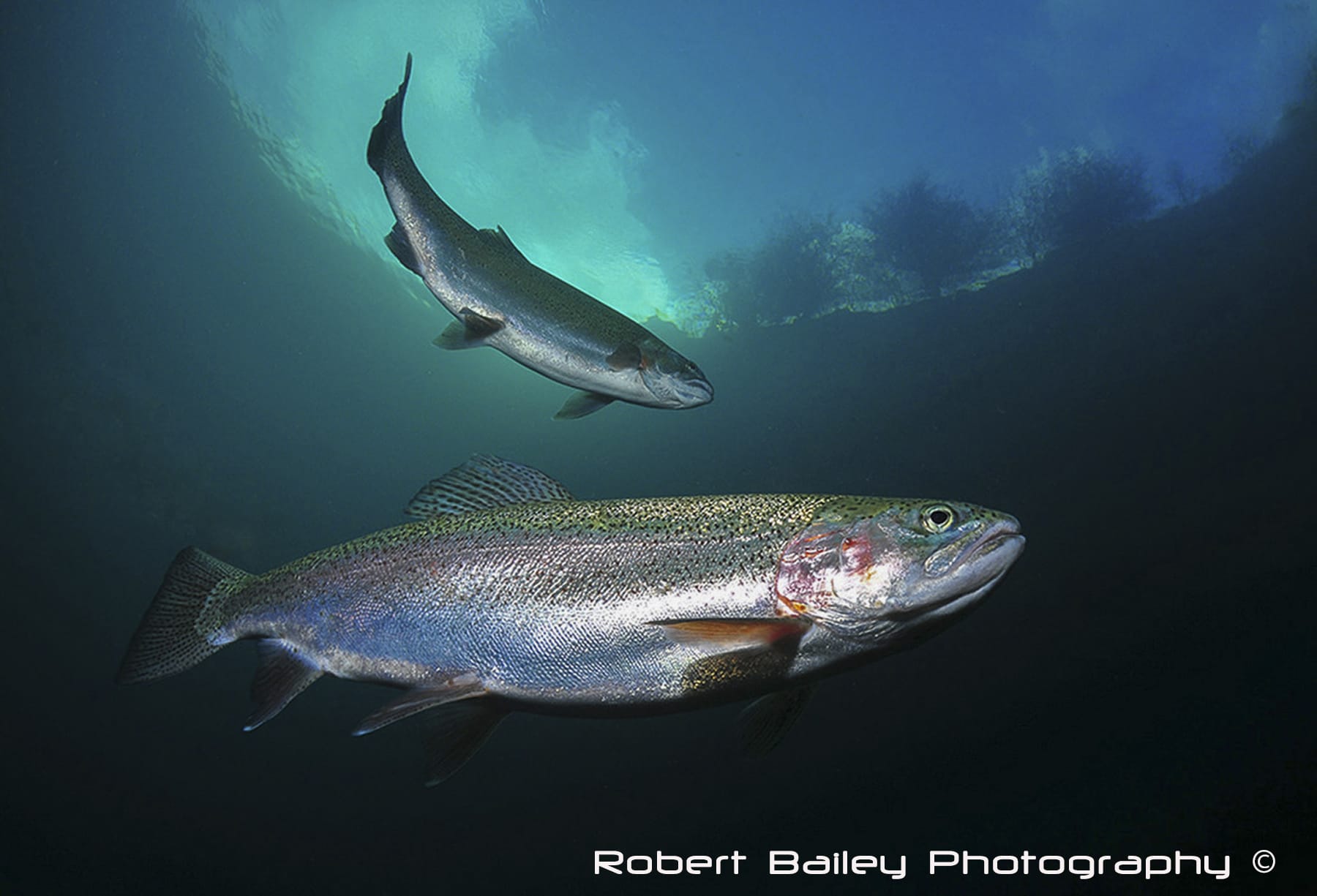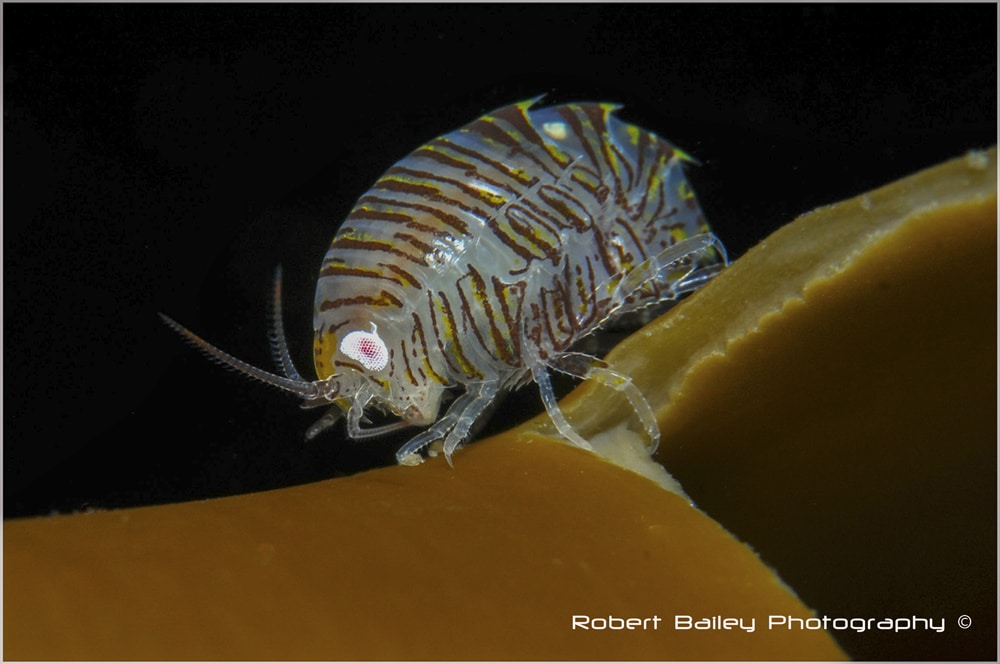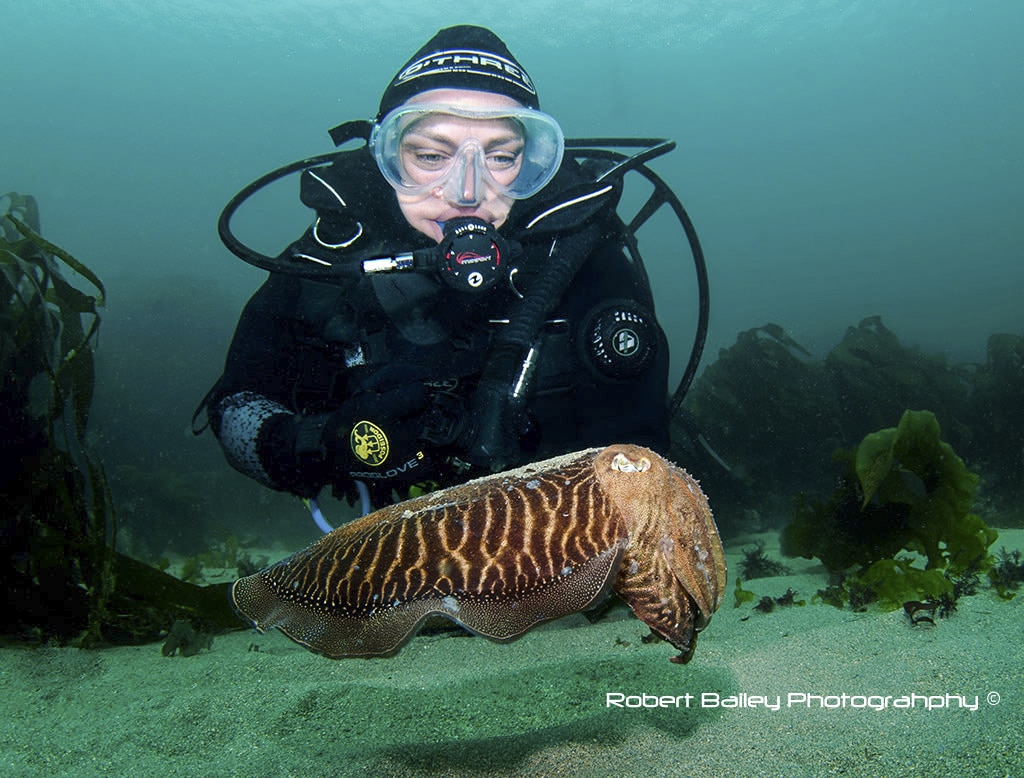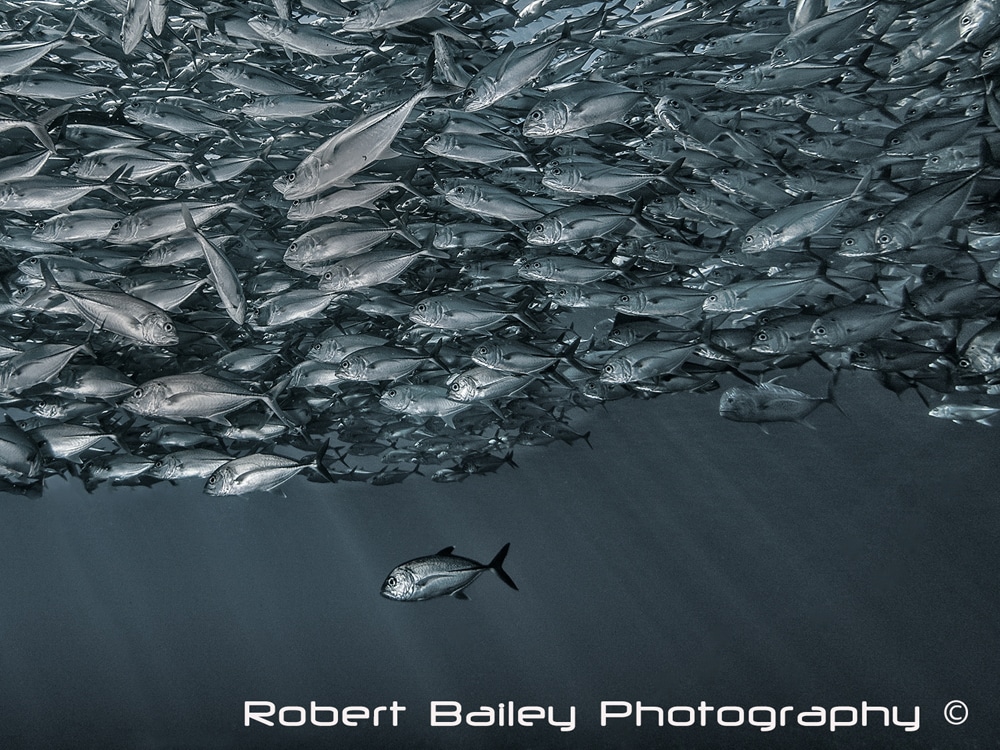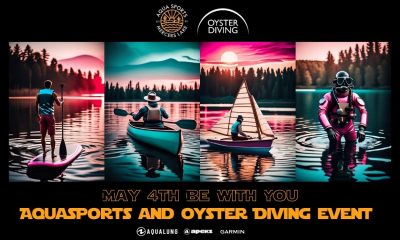News
Scubaverse Underwater Photographer Interview: Robert Bailey
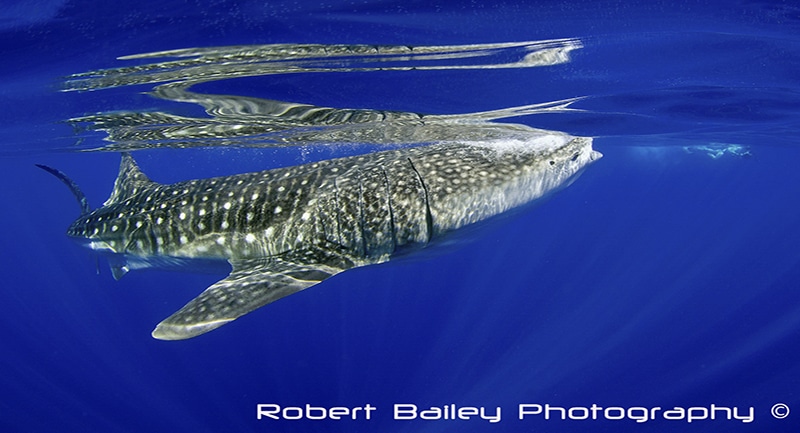
In an ongoing series, Scubaverse’s Underwater Photography Editor Nick Robertson-Brown talks to underwater photographers from around the world that he admires. In this blog: Robert Bailey.
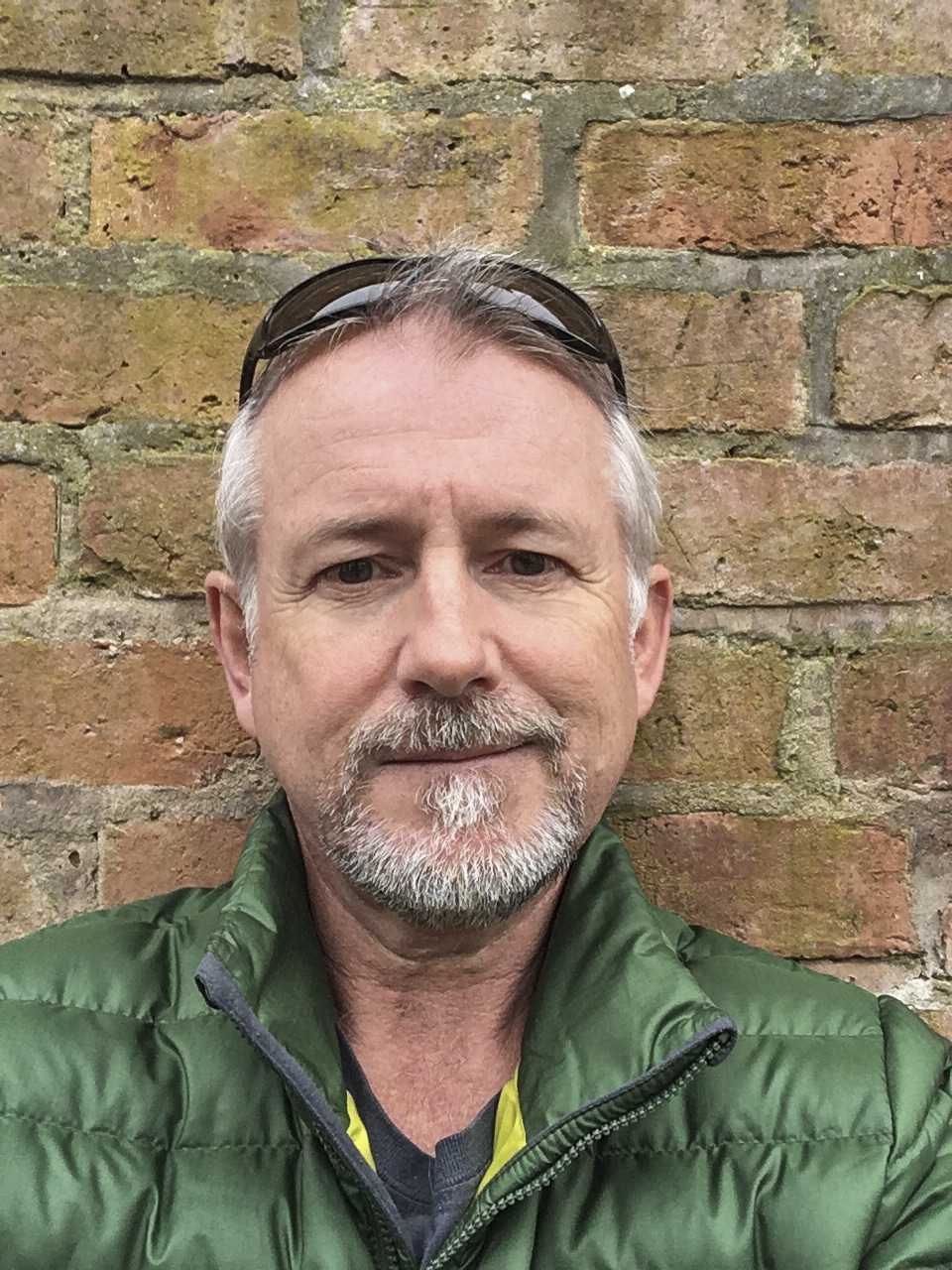 I grew up in the era of Jacque Cousteau. Those documentaries were ground breaking, they were adventurous, and they were unlocking the mysteries of the sea. Those explorations still fuel my inspiration today. In Costa Rica, in the late 80s, I hired a mask and snorkel, floundered into the sea, and didn’t come out for 3 hours. I was completely hooked. That feeling is still with me nearly 30 years on. I got certified as a diver after that trip, and decided I wanted to teach. I trained to become an instructor in the US. I worked at the University of Calgary for 6 years training up to instructor level, staffed three full-time Instructor Training Courses over the years, and taught both dive rescue and Ice diving as specialities.
I grew up in the era of Jacque Cousteau. Those documentaries were ground breaking, they were adventurous, and they were unlocking the mysteries of the sea. Those explorations still fuel my inspiration today. In Costa Rica, in the late 80s, I hired a mask and snorkel, floundered into the sea, and didn’t come out for 3 hours. I was completely hooked. That feeling is still with me nearly 30 years on. I got certified as a diver after that trip, and decided I wanted to teach. I trained to become an instructor in the US. I worked at the University of Calgary for 6 years training up to instructor level, staffed three full-time Instructor Training Courses over the years, and taught both dive rescue and Ice diving as specialities.
Being a dual citizen made the move from Canada to Europe in the late 90s an easy one, and after six years in the Netherlands I moved to the UK and have been based in the Midlands since 2005. I joined BSOUP at that time, and BUPG a little later. Entering competitions and being surrounded by accomplished photographers established the benchmark for what makes a winning image. As a result of competing my images have been published in the London Times, Sunday Times Magazine, Outdoor Photographer, Dive, Scuba, and other publications. Winning sponsorship to compete for the UK in the Epson Red Sea competition in 2009, and placing in that prestigious event was a great achievement for me. I’ve accumulated a lot of other awards in UK club competitions and other events over the years. Although I’ve travelled frequently to warmer climes, I’m drawn to colder environments. I spend the majority of my time these days diving in the UK, and Canada as these locations are less photographed and less crowded than other areas. My website is www.RobertBaileyPhotography.com , established in 2007.
NRB: How did your underwater photography start?
RB: I’ve been interested in photography since an early age. Already being a topside shooter, using a camera underwater was a natural progression for me. My underwater photography started in the early 90’s as a way of augmenting scuba training materials for the program at the University of Calgary. After a while I found my interest in UW photography overtook my desire to teach. No longer content being a diver with a camera, I evolved into an underwater photographer obsessed with getting better pictures.
NRB: What is your favourite u/w camera equipment (past & present) & why?
RB: Like most photographers I love kit. As Martin Edge once said, ‘It’s sexy’. In the film days I started out with a Nikonos V with a 35 mm lens, which is all I could afford at the time. I had varied results using that setup, but was bitten by the bug, and kept working at it every chance I got. Eventually I saved up enough to buy a 15mm lens, which was unparalleled for quality at the time. This was great to use, and I was able to make pictures I couldn’t have previously, especially close focus wide angle. After a few years I realized the limitations of working with a range finder camera underwater and set my sights on getting a housed system. I owned an Nikon F4 at time, so worked to get that into a housing with a Sport Finder (a lovely- and not cheap – optical view finder) I was able to get pictures more easily, especially of quick moving tiny fish, which proved a great challenge for me using the Nikonos.
My favourite camera out of them all is the one I use now, the Nikon D500. it’s nice to be able to take advantage of the latest digital technology. The autofocus system, in my experience, is better than anything I’ve used previously underwater. Having immediate feedback underwater is much easier than working with film. My work horse wide angle lens is the Tokina 10-17 mm fisheye, which is renowned for its close focus ability. I still use an old style Nikkor 60mm Macro lens which has excellent optics. I’ve used various brands of strobes over the years, but settled on Inon strobes which I’ve found to be hugely reliable, and easy to use. My Z240s are my go-to lights, and I use two S2000’s for off camera work. The Nauticam Super Macro Convertor (SMC) is a fantastic tool for unlocking the tiny marine life world not immediately apparent to the naked eye. When I dive with this, I feel like a kid looking at the underworld world through a microscope. I like kit that’s reliable, and built to last.
NRB: What would be your advice to anyone new to underwater photography?
RB: Revisit the fundamentals. Ensure your dive equipment is in order. Confirm you’re correctly weighted for conditions. Achieving neutral buoyancy in my opinion is key to good photography underwater, and more importantly preserving the underwater environment, and conditions for other photographers who may be around you. You’d be surprised how often this is overlooked. Get in the water as much as you can, and always dive with a camera. Creating opportunities underwater is more important than the equipment you don’t have. Fully exploit the equipment you do have. Join an underwater photography club, submit images to competitions, and solicit as much feedback as possible about what you can do to improve. There’s a lot of talent around these days, many photographers are generous with their knowledge and love to wax lyrical about their experiences. Join trips with other underwater photographers. These trips are often setup by clubs to maximize photographic opportunities. Read and research. There are a lot of good books around, and I highly recommend the latest books from Alex Mustard and Martin Edge. Read these cover to cover. The internet also contains a wealth of knowledge. Table top experimentation can be massively helpful in familiarizing you with your equipment. When your diving, set your equipment up on the surface for what your trying to achieve. Minimize adjustments underwater where possible. Having a plan and being deliberate has helped me over the years.
NRB: What, or who, has been your single biggest inspiration for your underwater photography?
RB: I think when I first got into it, I was hugely inspired by the work of David Doubilet. His underwater stories in National Geographic were only available though the post, so those articles were like gold when they arrived. Doubilet’s book Water Light Time is still a favourite of mine, and now a well worn tome. In more recent years Alex Mustard, Flip Nicklin, and Thomas Peschak are a few of the underwater photographers I really admire. There’s so much talent out there these days. Starting to place and win competitions certainly has fuelled my passion in the past, and trying to stay in the top set of local photographers keeps me coming back today.
NRB: What image are you most proud of and why?
RB: Without hesitation a picture I made of a whale shark whilst on a live aboard in Egypt. Quite early one morning in the Gulf of Suez on mirror calm seas the skipper killed the engine. From our cabin I could hear a lot of chatter on deck, and went up to see what was going on. To my amazement four whale sharks were going about their business. We jumped in the rib and did some snorkelling with these gentle giants. Amidst the excitement I got the cox to take me back to the boat, and I did the fastest lens change in history and jumped back in equipped with a wide angle lens. I managed to make a few pictures complete with surface reflections. Having only seen Basking Sharks in the UK for the first time the week before, I quite excited by the whole affair. I still look at these pictures and remind myself I was there.
NRB: Where is your favourite dive location, and is it for the photography?
RB: It’s hard to settle on just one place. I’ve been fortunate to travel a lot during my diving career. The diving and topside experience off northern Vancouver Island in Canada has been remarkable over the years, and tops my list. The marine life there is prolific and many of the subjects are less photographed than those in the tropics. Being surrounded underwater by dozens of Pacific white sided dolphins ranks high on my list of underwater experiences. There are no crowds to speak of, the topside wildlife is abundant. Over the last few years we’ve run trips where we’ve seen coastal wolves, California sea otters, bald eagles, coastal deer, black bears, humpback whales, and orcas to name a few. I think Queen Charlotte Strait and Slingsby Channel would rival any topside safari. It’s home for me, and a lot of my formative experiences as a diver and photographer took place there.
NRB: What are you views on marine life manipulation, moving subjects?
RB: I do my utmost to respect the creatures I photograph, and not interfere with any marine life. I leave subjects alone that are inaccessible with a camera. I think humanity needs to be more courteous to the other inhabitants we share our planet with. Jeopardizing life for the sake of a photograph is not acceptable practice to me.
NRB: What do you look for when you are making your images?
RB: Clean, uncluttered backgrounds. Colour. High Contrast. Anthropomorphism
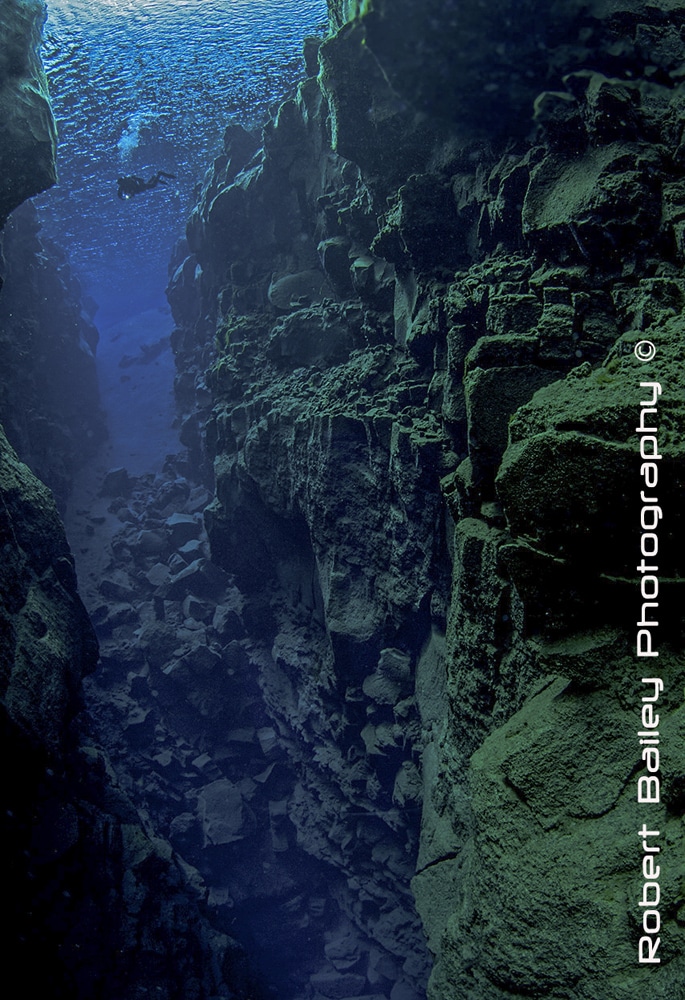 NRB: What motivates you to take u/w photos?
NRB: What motivates you to take u/w photos?
RB: My love of nature, photography, diving, being outdoors, and the great friends and family I’ve shared my experiences with.
NRB: If you could photograph any one thing/place what or where would that be?
RB: A blue whale is my ultimate dream. and I’d like to photograph it in a remote area, maybe in a polar region. Having said that I’d settle on being in the water anywhere, with any whale. I’ve seen a lot whales on the surface, and have been close enough to Orcas to smell their breath. I’m in awe of whales, and would love the experience of being close to them underwater.
Find out more about Robert Bailey by clicking here.
Blogs
Northern Red Sea Reefs and Wrecks Trip Report, Part 2: Wall to Wall Wrecks

Jake Davies boards Ghazala Explorer for an unforgettable Red Sea diving experience…
The second day’s diving was a day full of wreck diving at Abu Nuhas, which included the Chrisoula K, Carnatic, and Ghiannis D. The first dive of the day was onto the Chrisoula K, also known as the wreck of tiles. The 98m vessel remains largely intact where she was loaded with tiles which can be seen throughout the hold. The stern sits at 26m and the bow just below the surface. One of the highlights of the wreck is heading inside and seeing the workroom where the machinery used for cutting the tiles are perfectly intact. The bow provided some relaxing scenery as the bright sunlight highlighted the colours of the soft coral reef and the many reef fish.

Following breakfast, we then headed to the next wreck, which was the Carnatic. The Carnatic is an 89.9m sail steamer vessel that was built in Britain back in 1862. She ran aground on the reef back in 1869 and remains at 27m. At the time, she was carrying a range of items, including 40,000 sterling in gold. An impressive wreck where much of the superstructure remains, and the two large masts lay on the seafloor. The wooden ribs of the hull provide structures for lots of soft corals, and into the stern section, the light beams through, bouncing off the large shoals of glass fish that can be found using the structure as shelter from the larger predators that are found outside of the wreck.

The final wreck at Abu Nuhas was the Ghiannis D, originally called ‘Shoyo Maru,’ which was 99.5m long and built in Japan back in 1969 before becoming a Greek-registered cargo ship in 1980. The ship then ran aground on the reef on April 19th, 1983, and now sits at the bottom at a depth of 27m. Heading down the line, the stern of the ship remains in good condition compared to the rest of the hull. The highlight of the wreck, though, is heading into the stern section and down the flights of stairs to enter the engine room, which remains in good condition and is definitely worth exploring. After exploring the interior section of the ship, we then headed over to see the rest of the superstructure, where it’s particularly interesting to see the large table corals that have grown at the bow relatively quickly considering the date the ship sank. After surfacing and enjoying some afternoon snacks, we made sure everything was strapped down and secured as we would be heading north and crossing the Gulf of Suez, where the winds were still creating plenty of chop.

The next morning, it was a short hop to Ras Mohammed Nature Reserve for the next couple of days of diving. The 6am wake-up call came along with the briefing for the first site we would be diving, which was Shark & Yolanda. The low current conditions allowed us to start the dive at Anemone City, where we would drift along the steep, coral-filled wall. These dives involved drifts, as mooring in Ras Mohammed wasn’t allowed to protect the reefs. As a dive site, Shark & Yolanda is well-known and historically had a lot of sharks, but unfortunately not so many in recent years, especially not so early in the season. However, there was always a chance when looking out into the blue.

The gentle drift took us along the steep walls of the site, with plenty of anemone fish to be seen and a huge variety of corals. It wasn’t long into the dive before we were accompanied by a hawksbill turtle, who drifted with us between the two atolls before parting ways. Between the two reefs, the shallow patch with parts of coral heads surrounded by sand provided the chance to see a few blue-spotted stingrays that were mainly resting underneath the corals and are always a pleasure to see. With this being the morning dive, the early sunlight lit up the walls, providing tranquil moments. Looking out into the blue, there was very little to be seen, but a small shoal of batfish shimmering underneath the sunlight was a moment to capture as we watched them swim by as they watched us.

Towards the end of the dive, we stopped at the wreck of the Jolanda where the seafloor was scattered with toilets from the containers it was carrying. This provided a unique site to make a safety stop, which was also accompanied by a large barracuda slowly swimming by, along with a hawksbill turtle calmly swimming over the reef as the sun rays danced in the distance.
For the next dive, we headed north to the Strait of Tiran to explore the reefs situated between Tiran Island and Sharm El Sheik, which were named after the British divers who had found them. We started on Jackson before heading to Gordons Reef, where we also did the night dive. All the atolls at these sites provided stunning, bustling coral reefs close to the surface and steep walls to swim along, which always provided the opportunity to keep an eye out for some of the larger species that can be seen in the blue. Midwater around Jackson Reef was filled with red-toothed triggerfish and shoals of banner fish, which at times were so dense that you couldn’t see into the blue. Moments went by peacefully as we enjoyed the slow drift above the reef, watching these shoals swim around under the mid-afternoon sun.

The night dive at Gordon’s Reef was mainly among the stacks of corals surrounded by sand, which was great to explore under the darkness. After some time circling the corals, we came across what we were really hoping to find, and that was an octopus hunting on the reef. We spent the majority of the dive just watching it crawl among the reef, blending into its changing surroundings through changes in colour and skin texture. It’s always so fascinating and captivating to watch these incredibly intelligent animals, in awe of their ability to carry out these physical changes to perfectly blend into the reef. Before we knew it, it was time to head back to the boat to enjoy a well-deserved tasty dinner prepared by the talented chefs onboard.
Check in for the 3rd and final part of this series from Jake tomorrow!
To find out more about the Northern Red Sea reef and wrecks itineraries aboard Ghazala Explorer, or to book, contact Scuba Travel now:
Email: dive@scubatravel.com
Tel: +44 (0)1483 411590
Photos: Jake Davies / Avalon.Red
Marine Life & Conservation
Double Bubble for Basking Sharks

 The Shark Trust is excited to announce that, for two more days only, all donations, large or small, will be doubled in the Big Give Green Match Fund!
The Shark Trust is excited to announce that, for two more days only, all donations, large or small, will be doubled in the Big Give Green Match Fund!
Donate to Basking in Nature: Sighting Giants
The Shark Trust is hoping to raise £10k which will be doubled to £20k. This will go towards Basking in Nature: Sighting Giants. And they need YOUR help to reach they’re goal.
The Shark Trust’s citizen science project is to monitor and assess basking sharks through sightings; encouraging data collection, community engagement, and promoting nature accessibility. This initiative aims to enhance health and wellbeing by fostering a deeper connection with British Sharks.
Campaign Aims
- Increase citizen science reporting of Basking Sharks and other shark sightings to help inform shark and ray conservation.
- Provide educational talks about the diverse range of sharks and rays in British waters and accessible identification guides!
- Create engaging and fun information panels on how to ID the amazing sharks and rays we have on our doorstep! These can be used on coastal paths around the Southwest. With activities and information on how you can make a difference for sharks and rays!
- Promote mental wellbeing through increasing time in nature and discovering the wonders beneath the waves!
Donate, and double your impact. Click Here
-

 News3 months ago
News3 months agoHone your underwater photography skills with Alphamarine Photography at Red Sea Diving Safari in March
-

 News2 months ago
News2 months agoCapturing Critters in Lembeh Underwater Photography Workshop 2024: Event Roundup
-

 Marine Life & Conservation Blogs2 months ago
Marine Life & Conservation Blogs2 months agoCreature Feature: Swell Sharks
-

 Blogs2 months ago
Blogs2 months agoMurex Resorts: Passport to Paradise!
-

 Blogs2 months ago
Blogs2 months agoDiver Discovering Whale Skeletons Beneath Ice Judged World’s Best Underwater Photograph
-

 Gear Reviews2 months ago
Gear Reviews2 months agoGear Review: Oceanic+ Dive Housing for iPhone
-

 Marine Life & Conservation2 months ago
Marine Life & Conservation2 months agoSave the Manatee Club launches brand new webcams at Silver Springs State Park, Florida
-

 News3 months ago
News3 months agoWorld’s Best Underwater Photographers Unveil Breathtaking Images at World Shootout 2023


